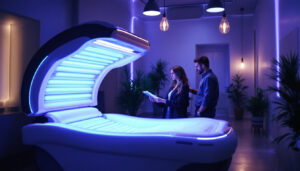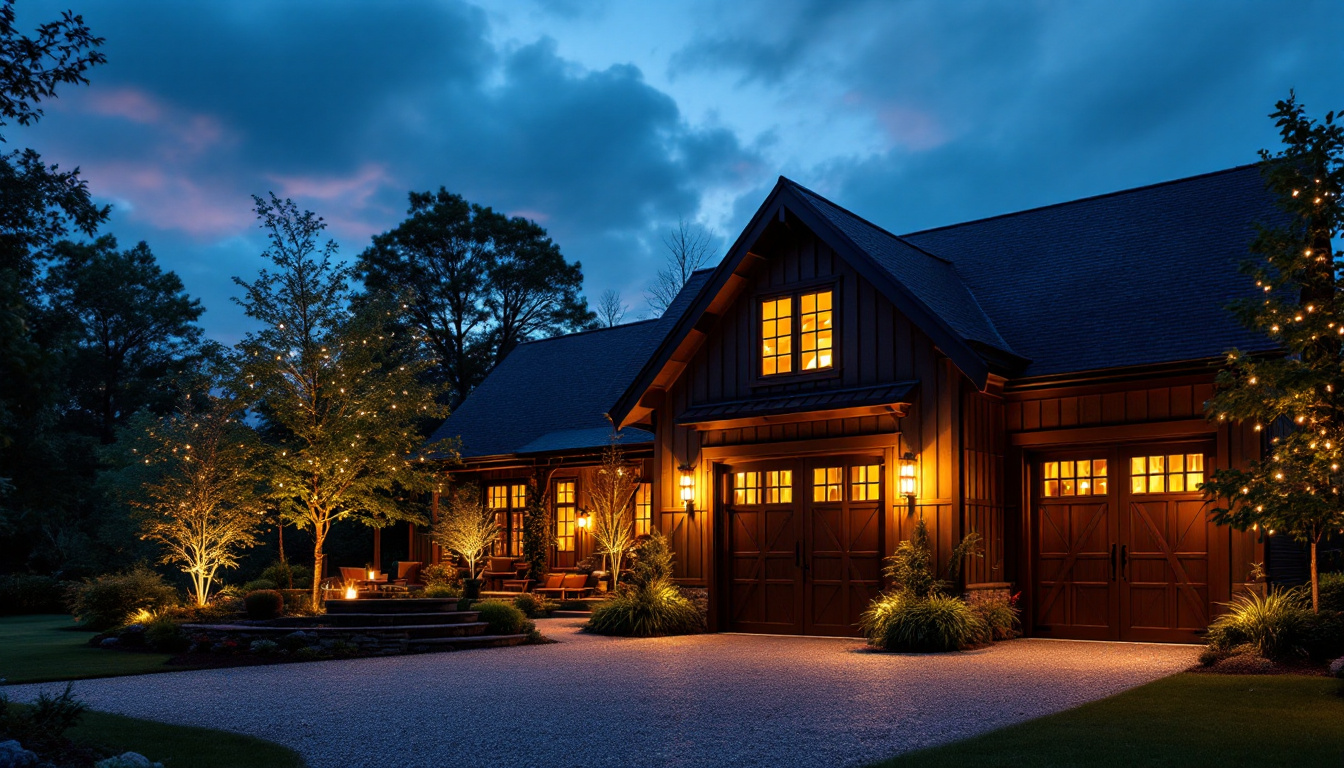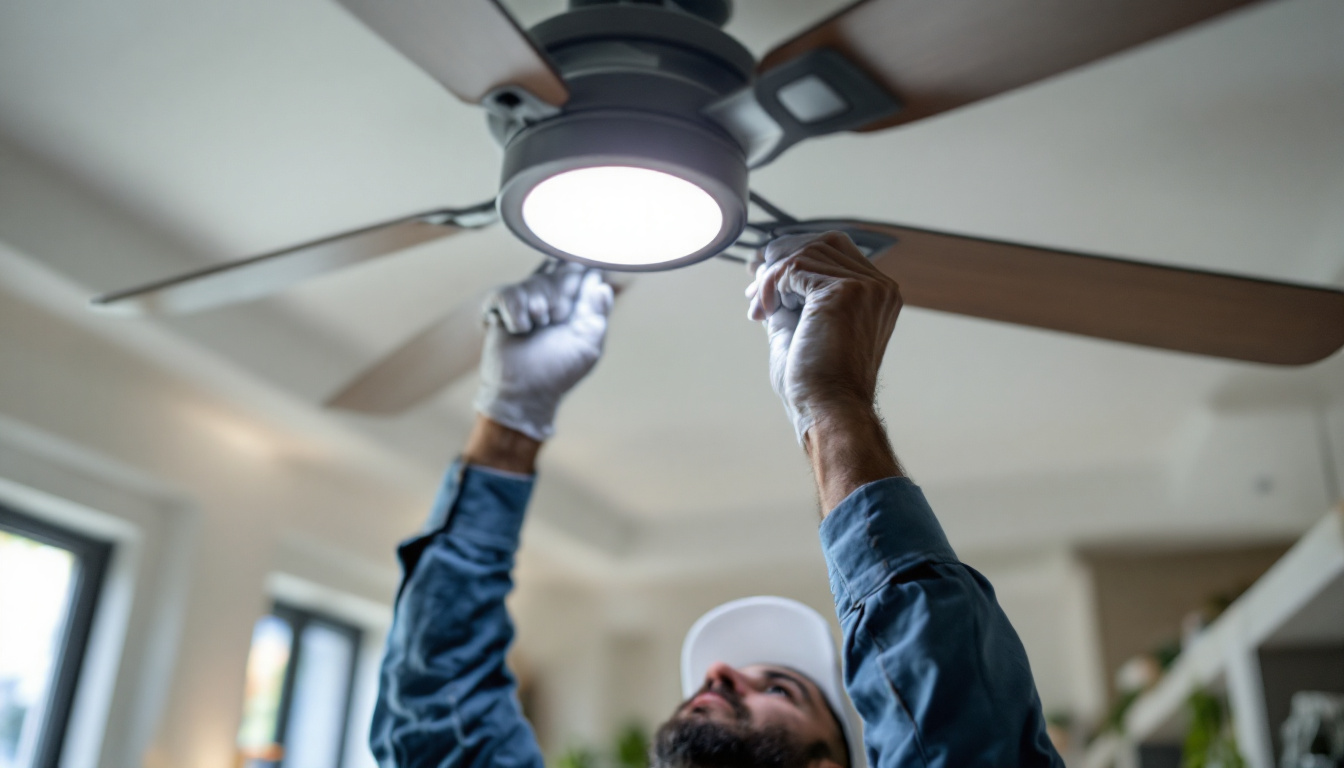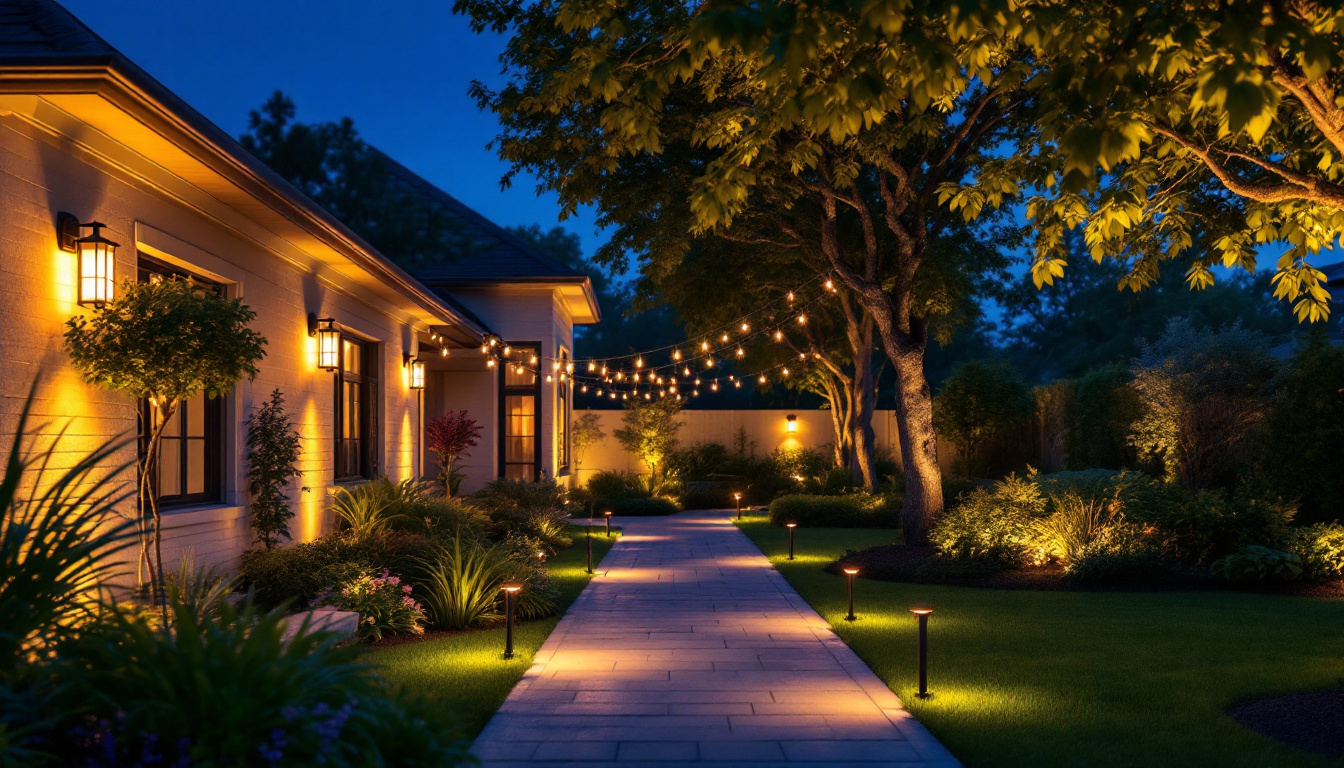

In the world of exterior lighting, barn lights have become a popular choice for both functional and aesthetic purposes. These fixtures, often characterized by their vintage style and robust design, offer a unique blend of illumination and charm, making them ideal for various settings, from rural homes to urban establishments. For lighting contractors, mastering the art of barn light installation and design can significantly enhance their service offerings. This article explores essential resources, tips, and techniques that lighting contractors can utilize to excel in this niche.
Before diving into the resources available for lighting contractors, it is crucial to understand what barn lights are and how they function. Traditionally, barn lights are designed to provide ample illumination for outdoor spaces, often featuring a wide shade that directs light downward. This design not only serves a practical purpose but also adds a rustic aesthetic that appeals to many clients. The versatility of barn lights makes them suitable for various settings, from residential properties to commercial venues, enhancing both safety and ambiance.
In addition to their functional benefits, barn lights often evoke a sense of nostalgia, reminiscent of agricultural settings and simpler times. This emotional connection can be a significant selling point for clients looking to create a warm and inviting atmosphere in their outdoor spaces. Furthermore, modern advancements in lighting technology, such as LED options, have made barn lights more energy-efficient, allowing homeowners and businesses to enjoy the charm of these fixtures while also being environmentally conscious.
There are several types of barn lights available, each with unique features and applications. The most common types include:
Understanding the various types of barn lights helps contractors recommend the best options to their clients based on specific needs and preferences. Additionally, the choice of barn light can significantly impact the overall design aesthetic of a space, allowing for a cohesive look that aligns with the client’s vision.
Barn lights come in a variety of materials and finishes, which can influence both their durability and aesthetic appeal. Common materials include:
Contractors should consider the location and purpose of the lighting when selecting materials and finishes to ensure longevity and satisfaction. Additionally, the choice of color and texture can play a significant role in how well the barn lights blend with the surrounding environment, making it essential to involve clients in the decision-making process to achieve their desired aesthetic.
To master barn light installation and design, lighting contractors should leverage a variety of resources. These resources can range from educational materials to industry-specific tools that enhance their skills and knowledge.
Many organizations and platforms offer online courses and webinars focused on lighting design and installation. These educational resources can provide valuable insights into the latest trends, technologies, and best practices in the industry. Topics may include:
Participating in these courses not only enhances a contractor’s expertise but also helps in staying updated with industry standards.
Joining industry associations can provide contractors with networking opportunities, access to exclusive resources, and insights into market trends. Associations often host trade shows where contractors can explore new products, technologies, and innovations in lighting. Attending these events can lead to valuable connections and partnerships that can enhance a contractor’s business.
When it comes to the design of barn lights, several factors must be taken into account to ensure that the lighting meets both aesthetic and functional requirements.
The placement of barn lights is critical for achieving the desired effect. Lighting contractors should consider:
Taking the time to plan the placement of barn lights can greatly enhance the overall effectiveness of the lighting design.
Another important consideration is the color temperature and brightness of the lights. Barn lights are available in various color temperatures, ranging from warm white to cool daylight. Contractors should assess:
Choosing the right color temperature can create the desired mood and enhance the overall aesthetic appeal.
Successful installation of barn lights requires attention to detail and adherence to best practices. Lighting contractors should ensure that they follow these guidelines to achieve optimal results.
Safety should always be a top priority during installation. Contractors must adhere to local electrical codes and safety standards, which may include:
By following safety standards, contractors can prevent accidents and ensure the longevity of the lighting installations.
After installation, it is essential to test the lights to ensure they function as intended. Contractors should:
Taking the time to conduct thorough testing can help identify any issues before the project is completed, leading to higher client satisfaction.
Proper maintenance is crucial for preserving the functionality and appearance of barn lights. Lighting contractors should educate their clients on maintenance practices to ensure the longevity of their installations.
Dust, dirt, and grime can accumulate on barn lights, affecting their performance and appearance. Regular cleaning can help maintain their aesthetic appeal and functionality. Recommendations include:
Encouraging clients to adopt a regular cleaning schedule can significantly extend the life of their barn lights.
Seasonal inspections are vital, especially for outdoor barn lights. Contractors should suggest that clients check their lighting systems at least twice a year, focusing on:
These inspections can help prevent larger issues and ensure the lighting continues to perform optimally throughout the year.
The lighting industry is constantly evolving, with new trends emerging regularly. Staying informed about these trends can help contractors offer cutting-edge solutions to their clients.
Smart lighting technology has gained popularity in recent years, offering enhanced control and energy efficiency. Features may include:
By incorporating smart technology into barn light installations, contractors can provide clients with modern solutions that enhance convenience and efficiency.
As sustainability becomes increasingly important, many clients are seeking eco-friendly lighting options. Contractors can explore:
Offering sustainable solutions not only meets client demands but also positions contractors as responsible and forward-thinking professionals in the industry.
Mastering barn lights exterior requires a combination of knowledge, resources, and practical skills. By understanding the different types of barn lights, utilizing essential resources, adhering to best practices during installation, and staying informed about trends, lighting contractors can elevate their services and meet the diverse needs of their clients. With the right approach, barn lights can transform outdoor spaces, providing both functionality and charm.
Ready to take your exterior lighting projects to the next level? LumenWholesale is here to support you every step of the way. With our extensive selection of top-quality, spec-grade barn lights and other lighting products, you can trust that you’re getting the best value for your investment. Say goodbye to inflated markups and hello to unbeatable wholesale prices, free shipping, and the convenience of bulk buying. Elevate your service offerings and delight your clients with reliable, high-performance lighting that blends functionality with charm. Wholesale Lighting at the Best Value is just a click away. Experience the LumenWholesale difference today!

Discover essential insights into landscape lighting that every contractor should master.

Discover essential insights into ceiling fan switches that every lighting contractor should know.

Discover essential insights for lighting contractors on optimizing outdoor lighting projects.

Discover the pitfalls of purchasing drop ceiling lights in bulk from local distributors.
Get notified when NEW deals are released.
Optimize your budget with wholesale discounts.
Only top-quality, specification-grade lighting products.
No additional costs at checkout - what you see is what you pay.
We understand the unique needs of contractors.